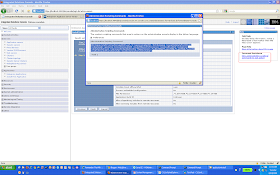Then i went to TPV and inside that i clicked on the advisor, i saw this advice being generated

Click on the first link and it shows the advice in detail
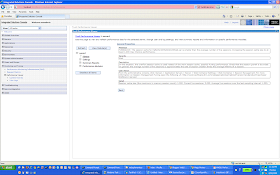


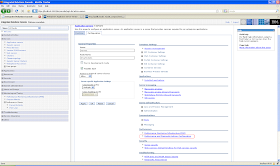

protected void doGet(HttpServletRequest request, HttpServletResponse response) throws ServletException, IOException {
System.out.println("Inside HelloWorldServlet.doGet()");
HttpSession httpSession = request.getSession();
System.out.println("File Name " + request.getParameter("fileName"));
httpSession.setAttribute("testFile", getFileContent(request.getParameter("fileName")));
getServletContext().getRequestDispatcher("/index.jsp").include(request , response);
}
[8/31/09 22:34:33:268 PDT] 0000000f TraceResponse W TUNE0214W: The session cache for HelloWorld#HelloWorldWeb.war is smaller than the average number of live sessions. Increasing the session cache size to at least 4900.0 may improve performance.
Additional explanatory data follows.
Session cache size (the maximum in memory session count): 1,000.
Current live sessions: 4,900.
Average live sessions over the last sampling interval: 4,900.
This alert has been issued 1 time(s) in a row. The threshold will be updated to reduce the overhead of the analysis.






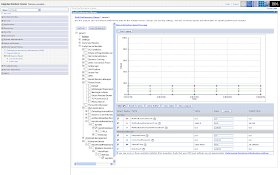







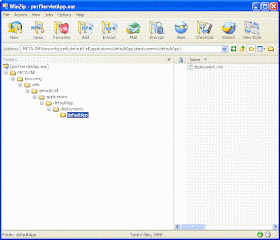
<?xml version="1.0" encoding="UTF-8"?>
<appdeployment:Deployment xmi:version="2.0" xmlns:xmi="http://www.omg.org/XMI" xmlns:appdeployment="http://www.ibm.com/websphere/appserver/schemas/5.0/appdeployment.xmi" xmi:id="Deployment_1251509953840">
<deployedObject xmi:type="appdeployment:ApplicationDeployment" xmi:id="ApplicationDeployment_1251509953840" deploymentId="0" startingWeight="1" binariesURL="$(APP_INSTALL_ROOT)/dmgrCell01/perfServletApp.ear" useMetadataFromBinaries="false" enableDistribution="true" createMBeansForResources="true" reloadEnabled="false" appContextIDForSecurity="href:dmgrCell01/perfServletApp" filePermission=".*\.dll=755#.*\.so=755#.*\.a=755#.*\.sl=755" allowDispatchRemoteInclude="false" allowServiceRemoteInclude="false">
<targetMappings xmi:id="DeploymentTargetMapping_1251509953856" enable="true" target="ServerTarget_1251509953856"/>
<classloader xmi:id="Classloader_1251509953856" mode="PARENT_FIRST"/>
<modules xmi:type="appdeployment:WebModuleDeployment" xmi:id="WebModuleDeployment_1251509953856" deploymentId="1" startingWeight="10000" uri="perfServletApp.war">
<targetMappings xmi:id="DeploymentTargetMapping_1251509953857" target="ServerTarget_1251509953856"/>
<classloader xmi:id="Classloader_1251509953857"/>
</modules>
</deployedObject>
<deploymentTargets xmi:type="appdeployment:ServerTarget" xmi:id="ServerTarget_1251509953856" name="server1" nodeName="dmgrNode01"/>
</appdeployment:Deployment>


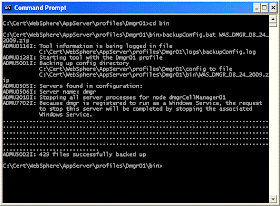

<APPSERVER_PROFILE_HOME>/bin and execute startServer command or you can go to <APPSERVER_HOME>/bin directory and execute startServer command and specify -pforileName <APPSERVER_PROFILE_NAME> command line parameter.manageProfile.bat -getDefaultName command manageProfile.bat -setDefaultName AppSrv01 command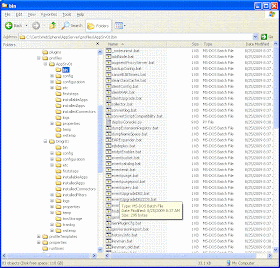

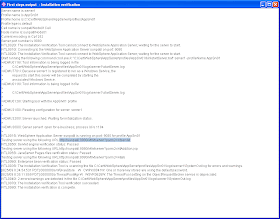
<PROFILE_HOME>\firststeps\firststeps.bat<PROFILE_HOME>/bin directory and executing ivt.bat <SERVER_NAME> <PROFILE_NAME> command. It will write the output on the verification test on Console. 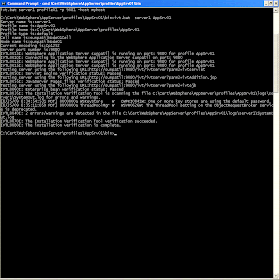
<PROFILE_HOME>/logs/ivtClient.log file. This is how the sample log looks like
Server name is:server1
Profile name is:AppSrv01
Profile home is:C:\Cert\WebSphere\AppServer\profiles\AppSrv01
Profile type is:default
Cell name is:sunpatilNode01Cell
Node name is:sunpatilNode01
Current encoding is:Cp1252
Server port number is:9080
IVTL0015I: WebSphere Application Server sunpatil is running on port: 9080 for profile AppSrv01
IVTL0010I: Connecting to the WebSphere Application Server sunpatil on port: 9080
IVTL0015I: WebSphere Application Server sunpatil is running on port: 9080 for profile AppSrv01
IVTL0015I: WebSphere Application Server sunpatil is running on port: 9080 for profile AppSrv01
Testing server using the following URL:http://sunpatil:9080/ivt/ivtserver?parm2=ivtservlet
IVTL0050I: Servlet engine verification status: Passed
Testing server using the following URL:http://sunpatil:9080/ivt/ivtserver?parm2=ivtAddition.jsp
IVTL0055I: JavaServer Pages files verification status: Passed
Testing server using the following URL:http://sunpatil:9080/ivt/ivtserver?parm2=ivtejb
IVTL0060I: Enterprise bean verification status: Passed
IVTL0035I: The Installation Verification Tool is scanning the file C:\Cert\WebSphere\AppServer\profiles\AppSrv01\logs\server1\SystemOut.log for errors and warnings.
[8/25/09 8:34:54:531 PDT] 0000000a WSKeyStore W CWPKI0041W: One or more key stores are using the default password.
[8/25/09 8:35:11:859 PDT] 0000000a ThreadPoolMgr W WSVR0626W: The ThreadPool setting on the ObjectRequestBroker service is deprecated.
IVTL0040I: 2 errors/warnings are detected in the file C:\Cert\WebSphere\AppServer\profiles\AppSrv01\logs\server1\SystemOut.log
IVTL0070I: The Installation Verification Tool verification succeeded.
IVTL0080I: The installation verification is complete.


startManager.sh/.bat command to start the deployment managerstartNode.sh/.bat command to start the deployment managerstartServer.sh/.bat command to start the server<was_home>/profileTemplates. Each template consists of a set of files that provide the initial settings for the profile and a list of actions to perform after the profile is created. Currently, there is no provision for modifying these templates for your use, or for creating new templates. When you create a profile using manageprofiles, you will need to specify one of the following templates:

<a href="/store/catalog;$jsessionid=DA32242SSGE2">
out.println("<a href=\");
out.println(response.encodeURL ("/store/catalog"));
out.println("\>catalog</a>");

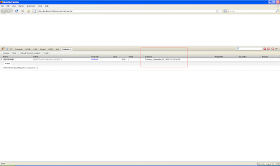


JSESSIONID. But you can change the cookie namecom.ibm.ws.webcontainer.httpsession.SessionInspectServlet servlet that you can use to investigate what content is stored in HttpSession of your application. The SessionInspectServlet will tell you
<servlet>
<display-name>SessionInspectServlet</display-name>
<servlet-name>SessionInspectServlet</servlet-name>
<servlet-class>com.ibm.ws.webcontainer.httpsession.SessionInspectServlet</servlet-class>
</servlet>
<servlet-mapping>
<servlet-name>SessionInspectServlet</servlet-name>
<url-pattern>/SessionInspectServlet</url-pattern>
</servlet-mapping>

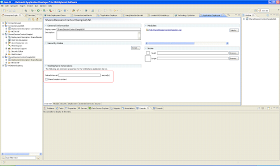







wsadmin -c AdminControl.getNode()wsadmin -f <filename> command to execute the script file.
com.ibm.SOAP.loginUserid=wasadmin
com.ibm.SOAP.loginPassword=wasadmin
#------------------------------------------------------------------------------
# SOAP Login Prompt
#
# The auto prompting will happen only if all of the following are met:
#
# - Running from a SOAP client
# - Server is reachable and server security is enabled
# - Username and password are not provided either on command line or in this
# file
# - com.ibm.SOAP.loginSource below is set to either "stdin" or "prompt"
#
# stdin: prompt in command window
# prompt: GUI dialog box; falls back to stdin if GUI not allowed
#
# (So to disable auto prompting, set loginSource to nothing)
#------------------------------------------------------------------------------
com.ibm.SOAP.loginSource=
